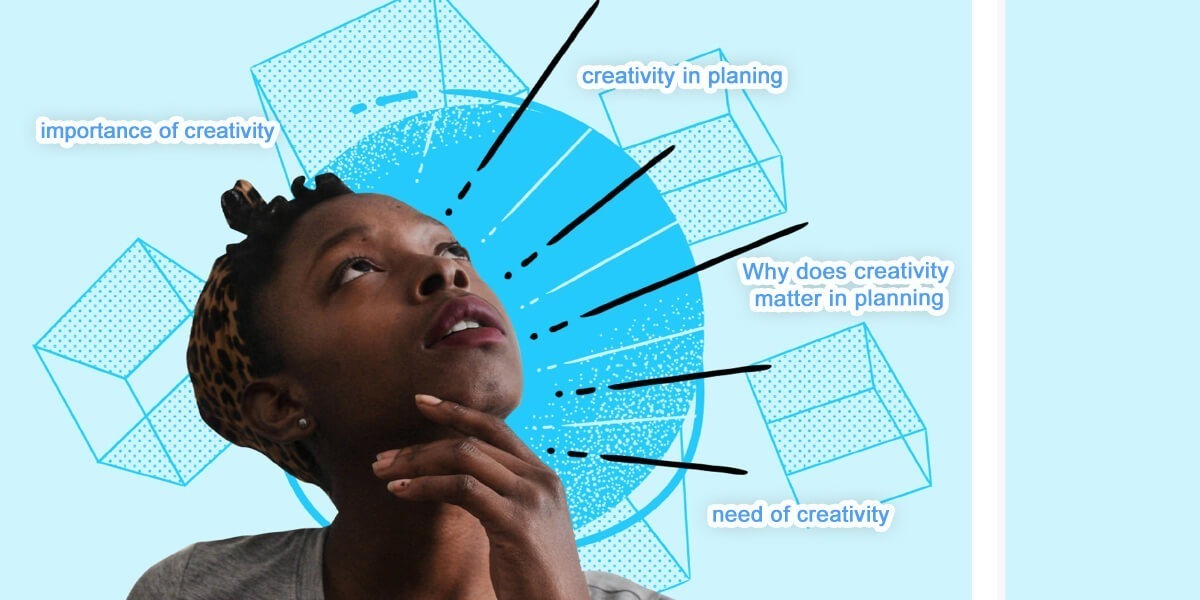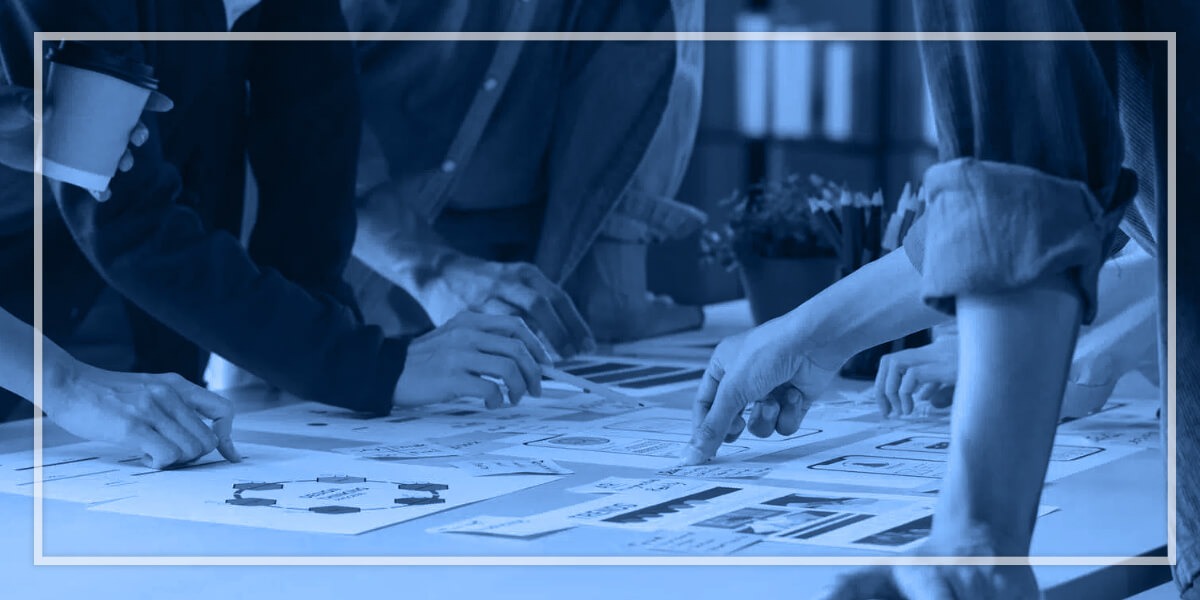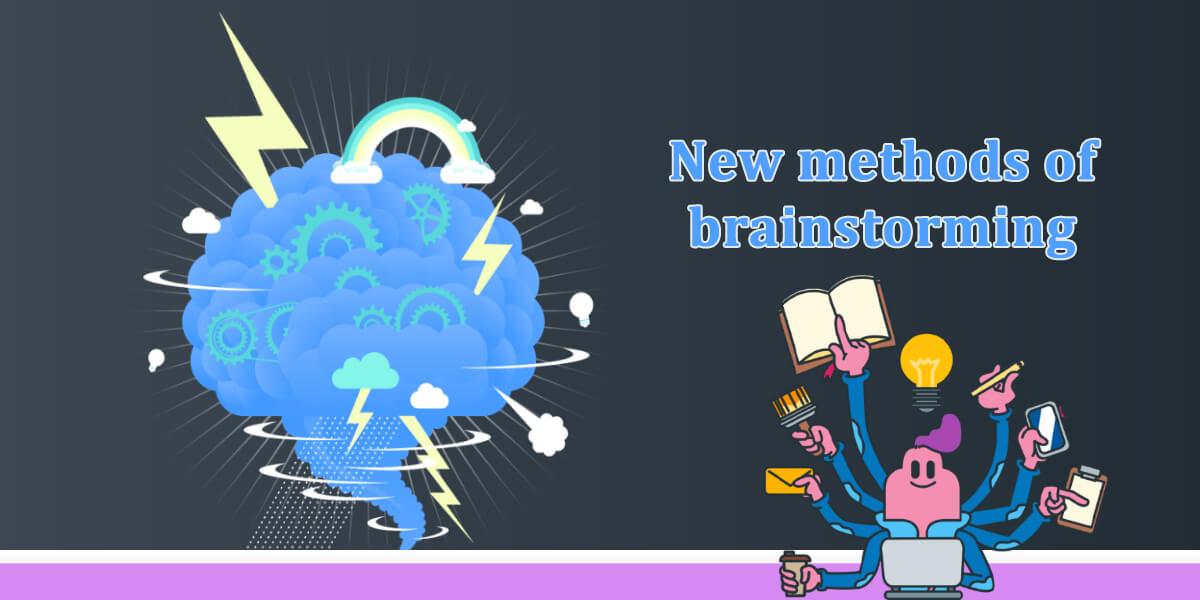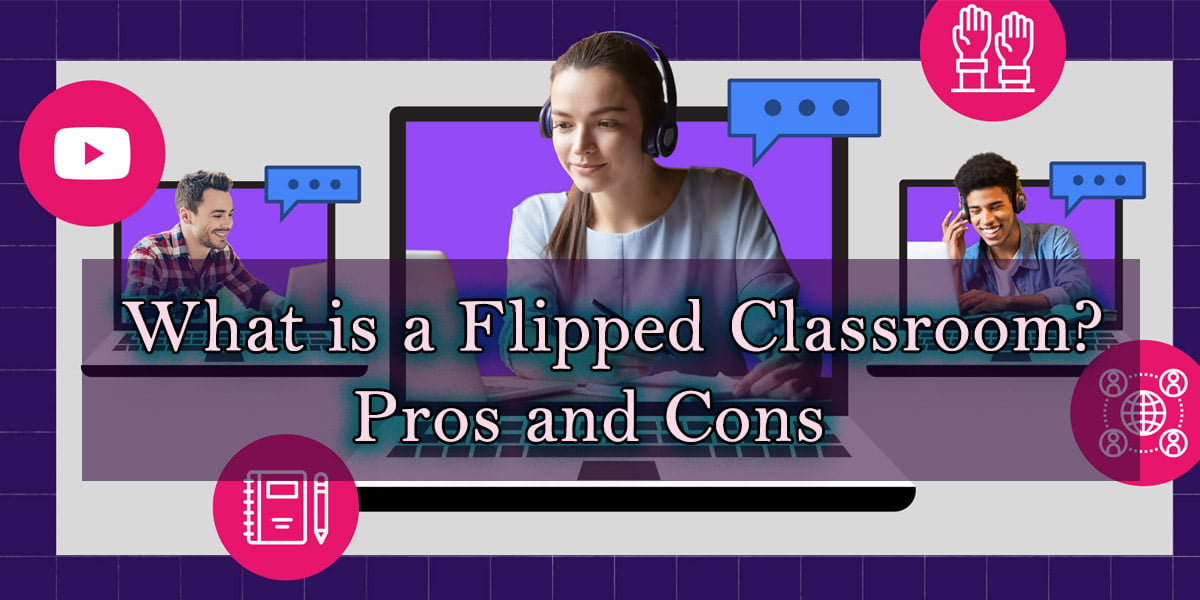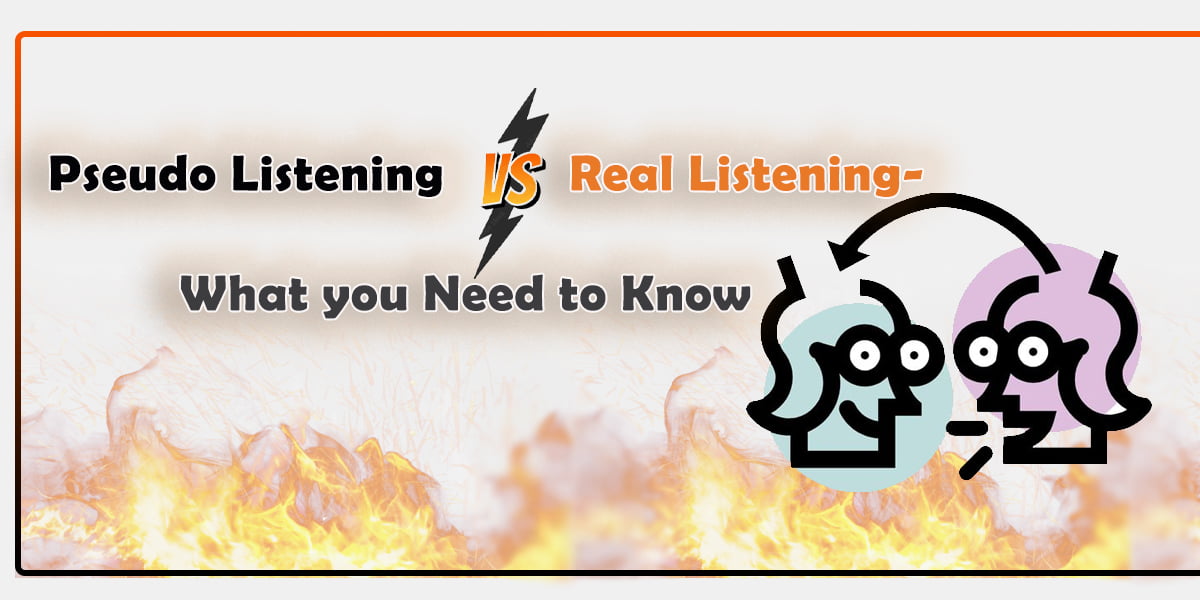Planning is often a creative endeavour. We like to think about ways we can improve our plans and how we can help others with their planning projects. However, not all planners are naturally creative. Some of us may find it easier to be more technical or analytical when working on planning projects while others have a natural ability to see things differently and think out of the box. But no matter what your style is, there are ways you can develop your creativity in planning so that you’re able to do even better work!
What is creativity?
Creativity can be described in many ways. Mostly, it is seen as using imagination and new ideas in order to create something. Almost every job needs creativity. In today’s world, being unique in your business without a creative side is almost impossible. There are many creative competitors who may do the job better than you simply because they used creativity in their approach to customers, products, or employees.
There are many sources of creativity. For example, if you work in teaching, your source of creativity might be from pedagogy and psychology methodologies. If you are an artist, inspiration or creativity might come from your life.
If you are a project manager, your creativity might come from the motivation to reach your goal. But, in order to be creative, most people need freedom and no restraints for their thinking. How can this be done when you need to develop a (project) plan which is full of rules that dictate how something can be done?
Why does creativity matter in planning?
Creativity is a skill that can be developed. It’s important for problem-solving and innovation, making connections between ideas, and helping you think outside the box.
In order to develop creativity in planning, it’s important to understand what creativity means. In this article, we will look at some of the main aspects of creativity and how they relate to planning.
Creativity Without Planning
Focusing on creativity without planning or not exercising any form of control will hinder your plan with poorly defined requirements and scope. It will just float along if there are no estimates allocated to your tasks and milestones identified in your schedule.
Foregoing a plan or not using one to monitor progress removes any predictability of the project’s completion. You lose the opportunity to assess the risk of slippage in the schedule because it will be so loosely defined. The result will be a project that is over budget and not delivered on time. Stakeholders will be disappointed and most likely, the business will be lost.
Planning Without Creativity
You may have a project plan template and with no modifications, try to apply it to your projects. The Gantt chart will give you a nice clear visual of the relationship between the tasks and the timeline. However, no customer is the same. Project plans are not a one size fit all. As your plan progresses, you will encounter issues because it will not accurately reflect your customer’s situation.
Since each customer is unique, your plan will need to be modified to meet each customer’s needs. Planning without creativity does not allow you to come up with those solutions to work around the challenges you encounter when creating your schedule. If you are not exercising your creativity muscle, you lose your source of innovation to generate ideas and the ability to make improvements in processes or strategies in the project environment.
How do you develop creativity in planning?
To be clear, planning is a very important part of the creative process. But if you’re not able to be open to new ideas, you might miss out on some great opportunities. Be adaptable and flexible-don’t get stuck in your ways!
There are many ways that you can develop your creativity in planning: try something new, get inspired by something else (or someone else), think about what makes you tick as an artist or writer or director…and don’t forget to ask for help from colleagues and experts along the way!
Understand your creative thinking style
The first step to developing creativity in planning is to understand your own creative thinking style. There are many different types of creative thinking, and it’s helpful to know which one you prefer so that you can apply it in your daily life and work more effectively.
You can take a test from the Creativity Center at Duke University or learn about your creative thinking style by looking at how you work, think, and solve problems.
Always consider the end result
Developing your creative skills means being mindful of the end result. It’s important to consider what you want to accomplish, and how you want to feel when the project is finished. This can help you stay focused on what matters most: creating something great–and having fun doing it!
Determine your goals
The next step to developing creativity in planning is to define your goals. And I don’t just mean “I want to be a better planner” or even “I want to plan an awesome event.” You need to get specific and ambitious because otherwise, you’ll find yourself getting bogged down in the details before you’ve even started.
Take a break to clear your mind
Take a break when you need it. Don’t feel guilty about taking a break. It’s important to take breaks, especially when you’re working on something creative and challenging. If you find yourself getting frustrated or feeling like your creativity is blocked, take a few minutes (or hours) away from the project and do something else entirely–even if it’s just watching Netflix or going for a walk in nature.
Take time off from planning if needed too! Sometimes we get so caught up in planning that we don’t give ourselves permission to explore other options or ideas, which can lead us down an unproductive path. Giving yourself permission as well as time off will help keep things fresh and exciting when working on future projects.
Be open to new ideas
It is important to be creative in planning, but being too rigid can limit your ability to think outside of the box. It’s okay if you don’t know all of the answers or even have an answer at all! In fact, it might be better if you don’t have an answer right away because that means there is still more research and learning ahead of you.
Don’t get discouraged when something doesn’t work out right away; instead use this opportunity as motivation for future success by asking yourself questions like: “Why didn’t this work?” or “What could I do differently next time?” These types of questions will help guide future decisions so that next time around things go smoother than before!
Find what makes you tick
A great way to begin your journey toward a creative planning process is to find out what makes you tick. The first step in this process is knowing your strengths and weaknesses, as well as finding out what you are good at, like doing, and passionate about. The second step is improving upon those skills that need improvement and enjoying the things that come naturally for us (or not).
Learn from mistakes and feedback
It’s important to learn from mistakes, feedback and criticism. If you’re not getting the results you want, take a step back and look at your plan with fresh eyes.
If there are things that don’t seem right or could be improved upon then make changes accordingly. Try something new! Don’t be afraid of failure; it’s part of the learning process and will help you improve upon future plans.
Explore new methods of brainstorming
- Explore new methods of brainstorming or working through problems or challenges you face as a planning professional.
- Try different methods of brainstorming to find the one that works best for you, whether it’s using sticky notes, writing down ideas on paper or typing them into a document on your computer.
- Use your strengths and weaknesses to your advantage when trying out different types of brainstorming techniques. For example, if someone has trouble coming up with ideas when writing down words on paper but does better when speaking them aloud (or vice versa), then this person should focus on those strengths when choosing their preferred method of brainstorming.
- Don’t be afraid to experiment with various types of brainstorming techniques until one sticks! You may find that there are multiple ways in which they work best: maybe some days I prefer using sticky notes while others call for penning my thoughts down onto paper; sometimes I like talking through problems out loud while at other times writing everything down seems more effective.
Wrap Up
Creativity in Planning is important., It can help you come up with creative solutions to problems that may seem impossible to solve. In this article, we’ll discuss how to develop your own creativity so that it helps make your planning more effective!
To summarize, we have seen that developing your creativity can be a fun and rewarding experience. It doesn’t matter if you’re an artist or not; all it takes is some determination and practice!



